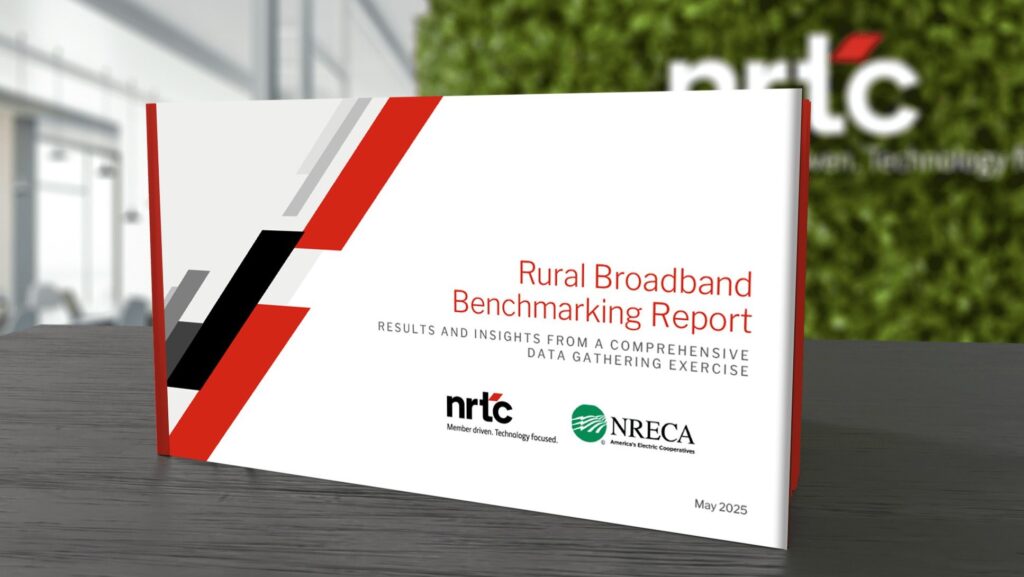Online Connections Make a Crop Yield Difference
Randy Sukow
|

When they have had access to high-speed internet, U.S. farmers have been able to increase their crop yields, especially for corn and soybean production, over the last decade. Corn yields increased 3.6 percent for every 1 percent increase in farm internet access per 1,000 households. Connectivity also led to a 2.4 percent decrease in costs per farming operation. Those are some of the findings from “Impact of Broadband Penetration on U.S. Farm Productivity,” (PDF) a recently published report from the FCC Office of Economics and Analytics.
“Overall, I find evidence of crop yield improvements from increased internet penetration rates at thresholds of 25 Mbps download and 3 Mbps upload speeds,” said former FCC economist Katherine LoPiccalo who currently is an economist for the Consumer Financial Protection Bureau. “I also find some evidence of cost savings at thresholds of 10 Mbps download and 0.768 Mbps upload speeds.”
LoPiccalo suggested several reasons why connectivity affects farms. The ability to find real-time commodities pricing, weather information and banking services save time and expenses. “Access to online databases of nationwide prices provide farmers the ability to negotiate with their traditional suppliers for better prices, as farmers are no longer locked into offered rates from the local farm store or cooperative,” she said.
The report also discusses the role of precisions agriculture (PA). There are several different types of PA systems involving monitoring crops or livestock and remote operations of several farm systems. “Farmers may choose to integrate one or several PA technologies into the farm management process, but all processes depend significantly on high-quality internet connectivity,” the report finds. Farms may connect with wireless or satellite technologies and wireline-fed wireless systems, including unlicensed wireless. PA also could be a significant factor in introducing 5G networks to rural areas.
The report uses FCC Form 477 data to track the growth of farm connectivity over 10 years and compare it to yield and other U.S. Department of Agriculture statistics. “I find that the majority of broadband connections transitioned from Asymmetric DSL technologies to cable modem and [fiber-to-the-node] technologies from 2007 through 2017. In addition, counties in these regions experienced an increase in speed thresholds over time,” LoPiccalo said.


